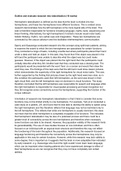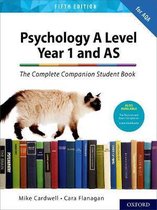Resume
Summary AQA Psychology A level: Biopsychology A level (year 2)
- Cours
- Établissement
- Book
Essay plans (and one written up essay which achieved full marks) on all year 2 biopsychology topics (fight or flight onwards), for 16 mark questions. Including AO1 content and 4 AO3 evaluation points written in a PEEL structure. Covers all points on the AQA specification.
[Montrer plus]




